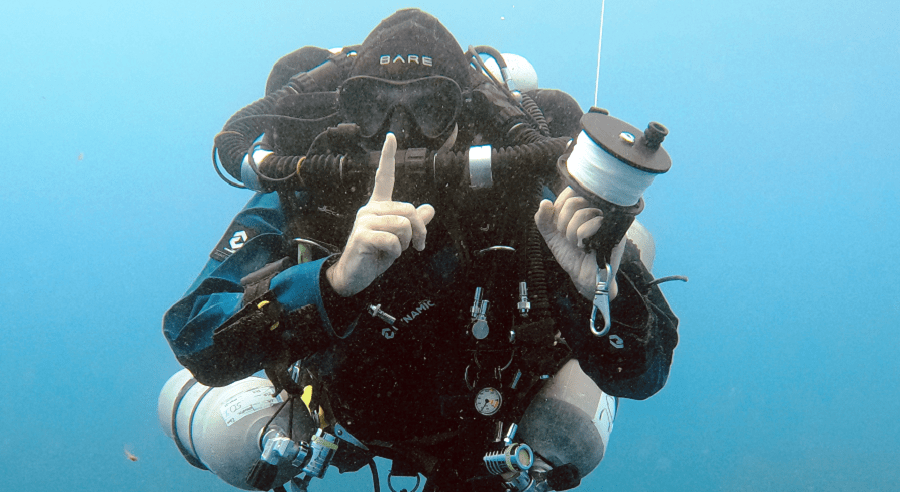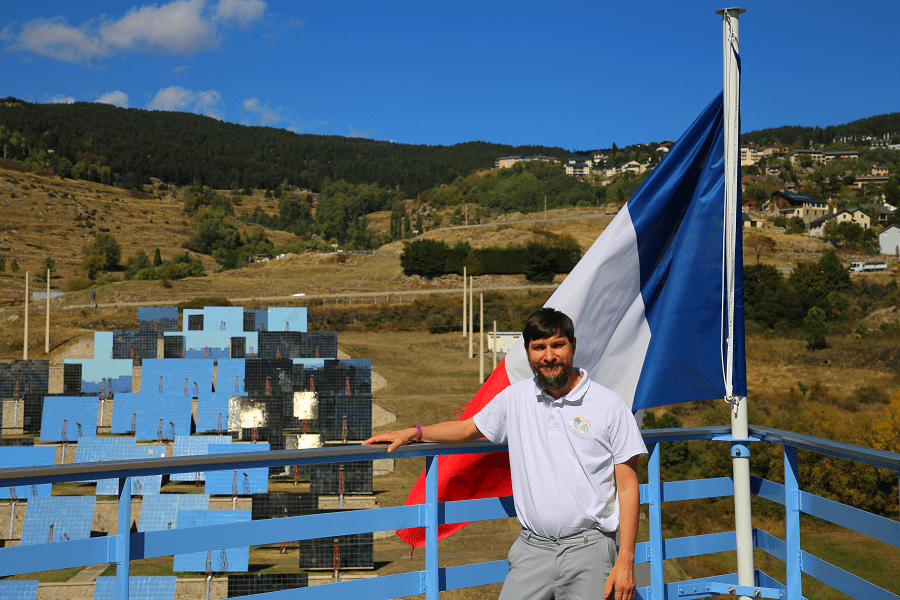The global food crisis starting in 2022 is the product of a rapid increase in food prices and shortages of food supplies around the world. Different geopolitical, economic and natural causes combined aggravate the impacts and consequences of the crisis. Herewith, meat consumption in absolute value continues to grow.
The great challenge on a global scale, that all in the food industry will have to face soon, is to feed a growing world population at reasonable prices. How to keep the balance given that the resources are increasingly scarce? Josep Lagares, Executive President of METALQUIMIA, SAU, tells us about new meats made with alternative proteins that will appear that will contribute effectively to the global diet.
Located in Girona (Catalonia, Spain) and founded in 1971, METALQUIMIA is a family business, a leader in the development of technology and the manufacture of complete turnkey lines and industrial equipment to produce cooked, marinated and cured meat products and snacks. The company is presented in more than 90 countries all over the world.
Josep Lagares is a chemical engineer from the Chemical Institute of Sarrià (IQS), a master’s in business management and Organization from the Polytechnic University of Catalonia, Studied Senior Business Management Program at IESE Business School, and graduated from the Singularity University.
In 1988 he joined METALQUIMIA, S.A. as a technologist.
In 2009, he published his first book, ¨PLAN DE VUELO: La Gran Aventura de la Empresa Familiar¨ (FLIGHT PLAN: The Great Adventure of the Family Business), with a journalist and writer Marty Chironell and IESE Chair of Family Business, Professor Josep Tapies.
He is engaged in skydiving, where he set two world records in large formations in free fall. Plays clarinet and saxophone.
Interview: Irina Rybalchenko for El Periòdic News
What can you say about the evolution of the food sector in general? What are the latest trends?
The effects of the conflict between Russia and Ukraine are being experienced everywhere. The lack of supplies and raw materials can jeopardize the stable production of food with the consequent rise in prices. It will be necessary to look for alternative supply routes to prevent this from happening. The world is so negative that today’s Great Challenges don’t let us see tomorrow’s Great Opportunities. The key to getting out of it is to run away from fears and focus on Opportunities … that’s the only way we will survive!
A growth consumption of meat protein on a global scale puts significant pressure on the industry. We will have to produce 80% more food to feed an exponential demand for richer protein diets, thus ensuring the supply of a scarce protein in a context of exponential consumption.
Just a few years ago, we never imagined that the dizzying changes taking place in the global meat ecosystem would soon challenge the meaning of our existence as we know it today.
Digital transformation, Artificial Intelligence, augmented, virtual and synchronized reality, the Internet of the Senses with visual, audio, haptic, and other technologies that allow human beings to have digital sensory experiences similar to the ones we experience in the physical world, 5G, 6G and 7G Networks, CoBots, Genomics, meat ¨in vitro¨, vegetable meat, alternative proteins, circular economy… These are just a few examples of the technological and economic irruption that the disruption of our sector foresees.
You told me that now the meat industry is only 1% of alternative proteins, but in ten years it will be up to 20%. Does this mean that our meat products will be more artificial?
We are certainly in a momentous time that will draw a new scenario. The meat industry will have to make moves in the direction to ensure the supply of protein in a context of greater need for it.
In the face of this great planetary challenge, there is only one way out, to be initiative-taking, and invest all resources in driving the alternative protein of our industries to double the current food yield.
Today, it is estimated that, in the next 10 to 15 years, alternative proteins could represent between 15 and 20% of the global meat market.
All this, together with the launch of new process technologies that allow us to EXTEND protein, REDUCE its rejection and EQUALLY DISTRIBUTE consumption, will be the key factors to feed in abundance and safely on the planet.
In other words, alternative protein is a future that is already here, that of meat or fish-flavored foods that are not meat or fish?
Alternative protein foods that aim to emulate current meat products can come from various sources. At the moment, the most advanced and widespread are plant-based products (protein products of plant origin). But at the same time, this is a large global investment in start-ups to develop Lab-Grown-Meat meat products (meat products from stem cells grown in the laboratory).
We can also find meat products based on algae, fungi, insects, etc. For example, at METALQUIMIA, we have already tested salami with insect protein and with quite acceptable results.
However, at present, some of these alternative processes still have an extremely high Carbon Footprint and will need to be improved to make them sustainable and affordable.
What did you mean when you told me about the production of technologies using CO2?
It’s about making proteins out of the air we breathe. I know it sounds like science fiction, but it’s a reality. Inspired by NASA technologies, there are currently several start-ups that, through microbial cultures, are working to turn the CO2 we breathe into viable food protein. This is a big challenge, but it’s possible!
The key to all these alternative products and their success in the market is, first, that they are good, enjoyable (in taste, texture and appearance); that they are convenient (easily consumed); that they are nutritious, healthy and sustainable (with a reduced carbon footprint), as well as safe and, above all, reasonably priced.
Which kinds of machinery and technology products do you produce for the meat industry. In which countries do you work? To whom do you supply your machines?
METALQUIMIA, from Girona, exports 90% of its turnover outside Spain to more than 90 countries. Our clients are the largest meat processing companies in the world.
When my father founded METALQUIMIA in 1971 he was trying to solve the many challenges facing the meat industry at the time, focusing on the cooked meat products (sweet ham type). It was about making the transition from a traditional and artisanal industry to an industrial model.
In the 90s we entered the marinated meat products sector with success, especially in the American market.
After the beginning of the 21st century, the result of our research brought us the QDS® (Quick-Dry-Slice) technology, a breaking technology that has allowed us to accelerate (from two months to one hour) the drying process and cured meat products such as sausage, salami, chorizo.
Recent evolution of this technology, QDSnacks® has allowed us to process meat and protein-based snacks, launching products never seen before on the global meat market.
Over the past 50 years, we have moved from tradition to breakthrough, because in a world full of breakthroughs, only those companies that can be more revolutionary than the breakthroughs themselves will survive.
And what are your competitiveness engines?
We have two concepts: they are Internationalization and ¨CreatiVation¨, the latter a neologism that arises when hybridizing the words CREATIVITY and INNOVATION. We launch innovations simply because we are constantly detecting the needs and challenges of meat processors around the world. Without creativity and ideas, there can be no innovation, without challenges there can be no creativity. I often like to say, “Solve the challenges and you will change the world!”
In recent years, METALQUIMIA has also been distinguished by its work in the field of culture and education. Could you give some examples?
With the motto “Culture, Education and Creativity for a better world,” we promote cultural and educational programs. Our most outstanding project is the Cobla i Corda de Catalunya Symphony Orchestra (SCCC), a Catalan symphony orchestra where Cobla instruments (flabiol, tible, tenor, fiscorn) offering a genuine and unique sound to the world have replaced wind instruments.
With a group of Catalan entrepreneurs in 2013, we promoted the Fundació per la Creativació to develop the ability of young people to be creative and innovative. Today, more than 30,000 children and young people from different schools, institutes and universities throughout Catalonia have already conducted the Foundation’s different programs to develop their creative capacity.











